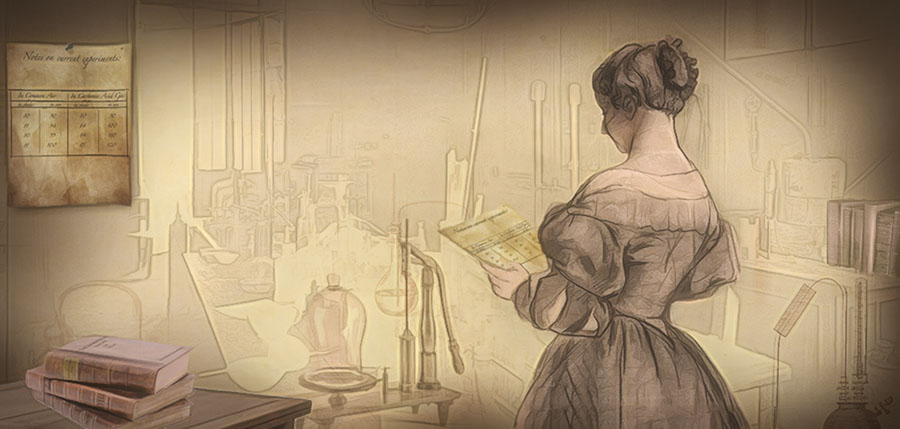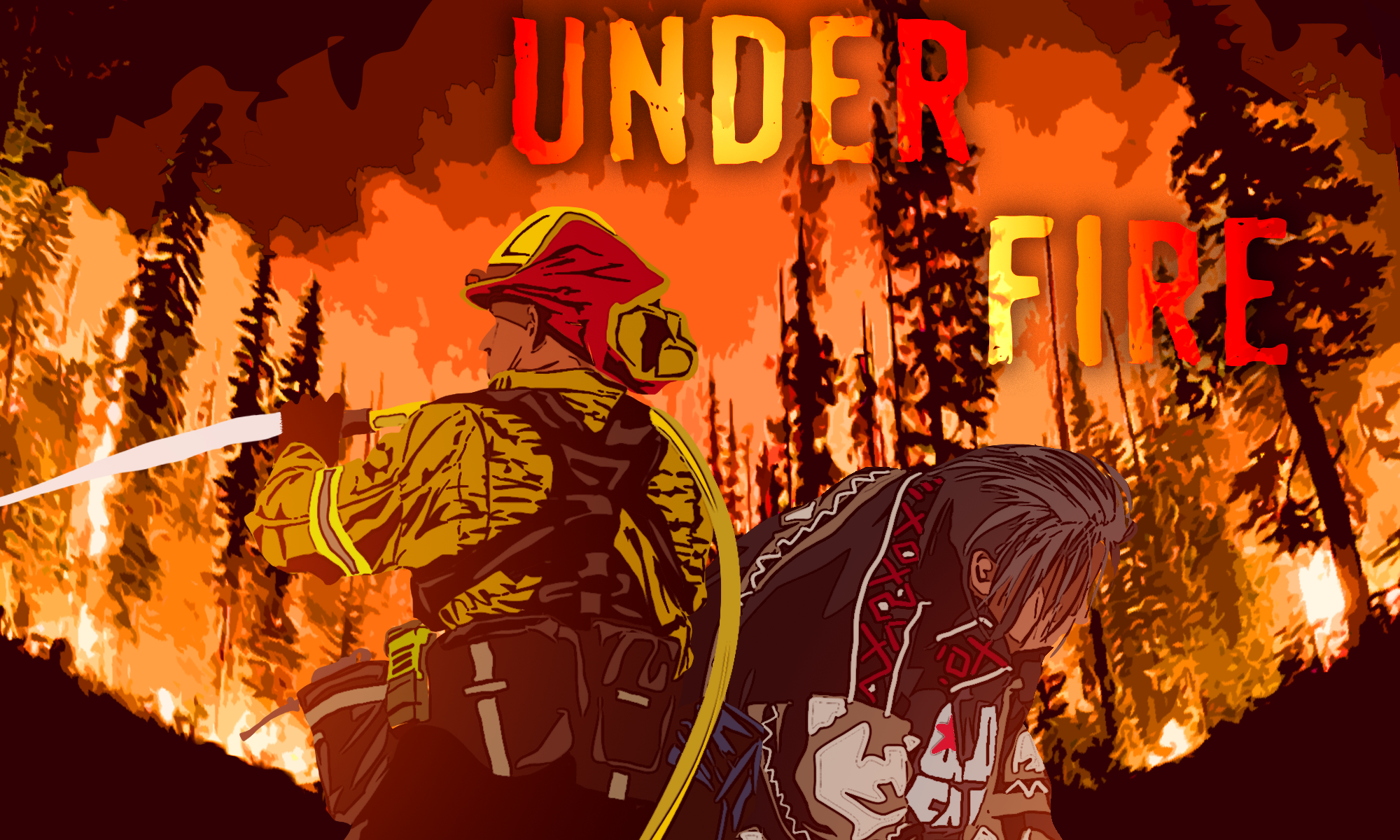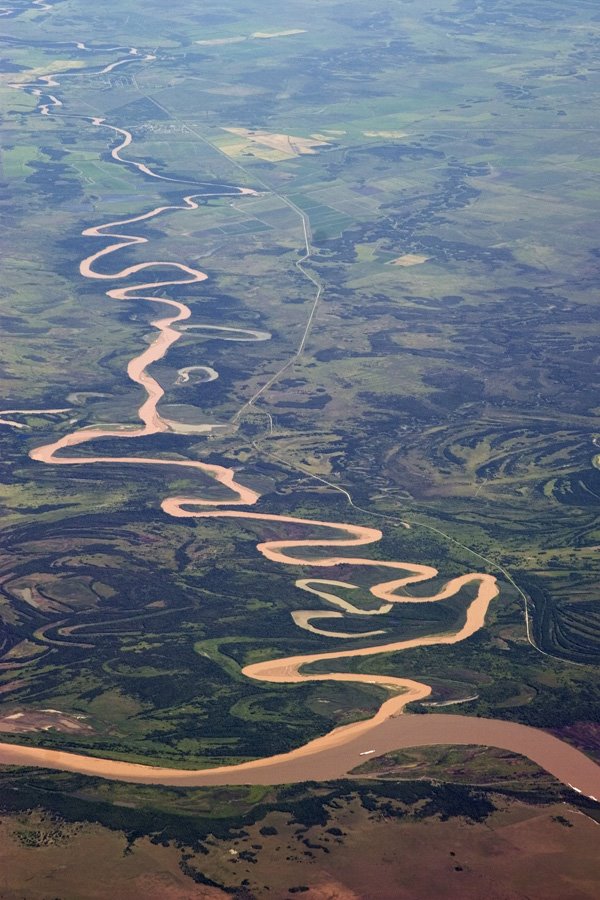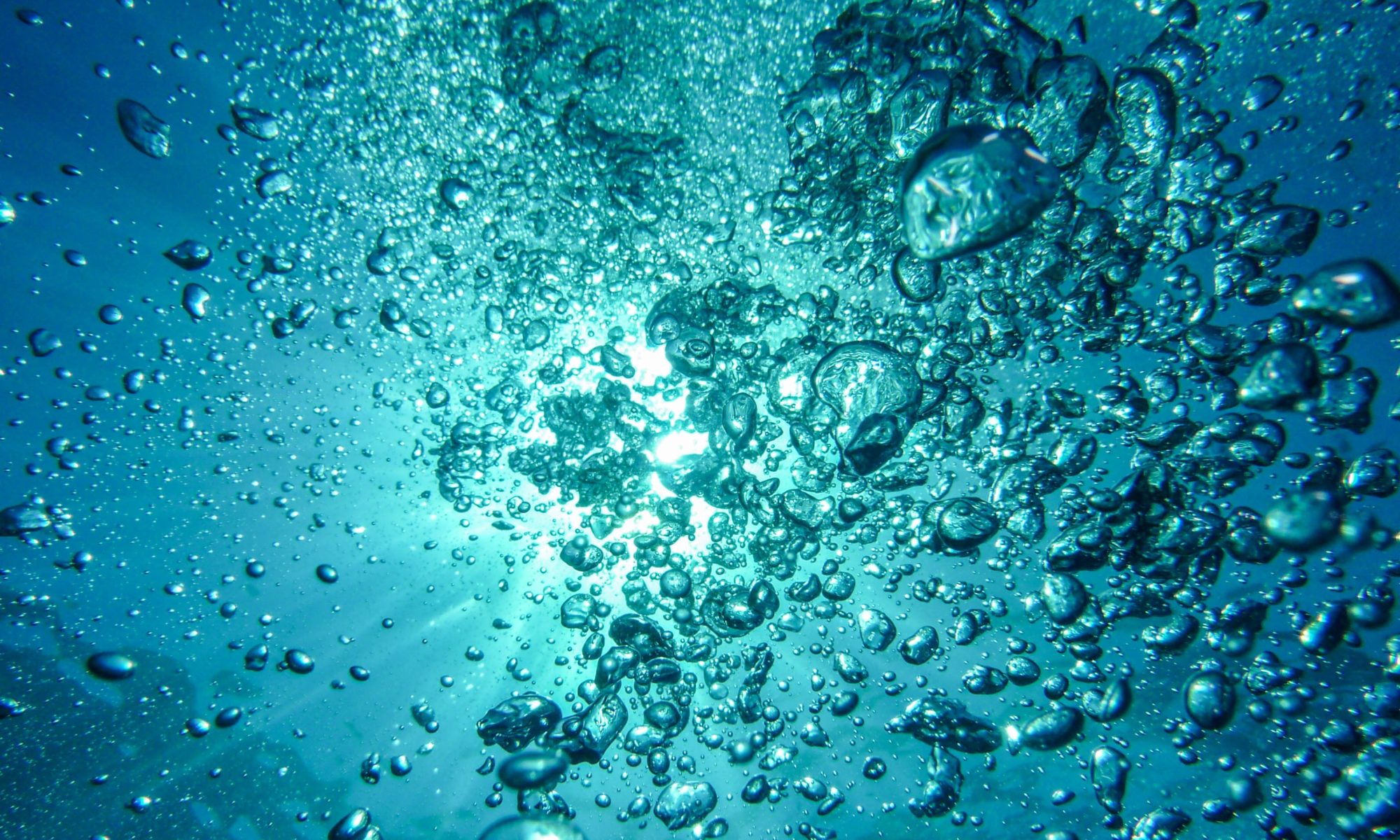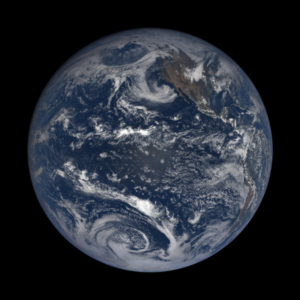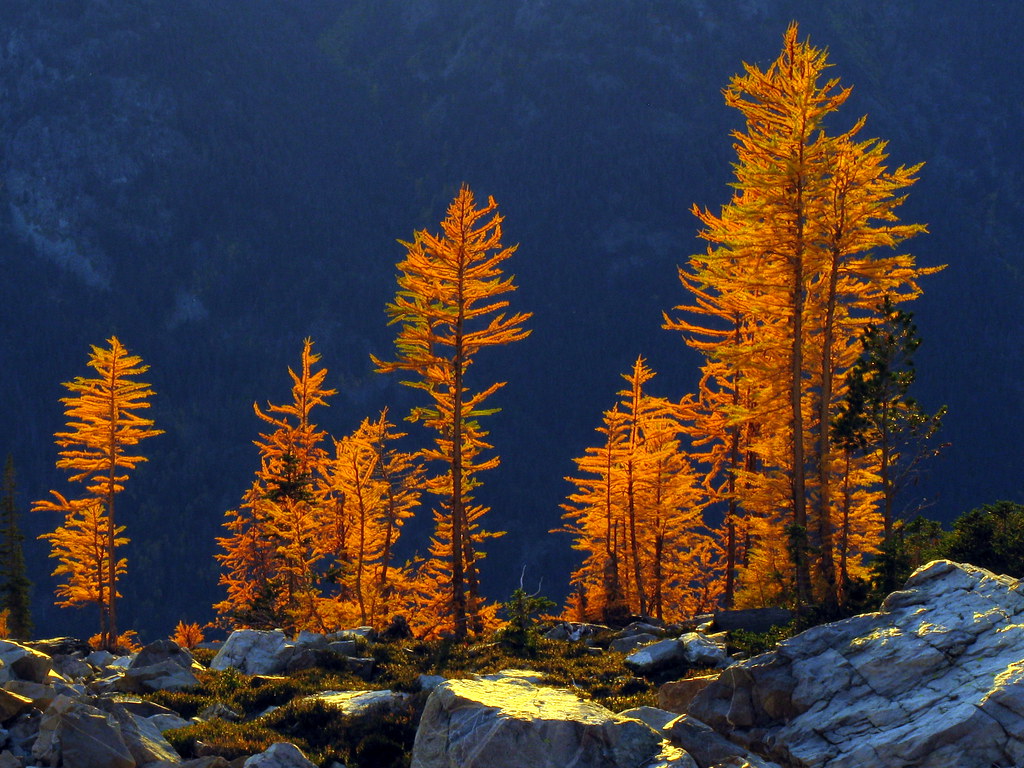Featured Image: Artist rendition of Eunice Foote conducting research on compressed gasses. Image courtesy Carlyn Iverson, NOAA. Featured image courtesy GNU Free Documentation License
Papers: Circumstances affecting the heat of the Sun’s rays; Understanding Eunice Foote’s 1856 experiments: heat absorption by atmospheric gases
Authors: Eunice Foote; Joseph Ortiz and Ronald Jackson
“An atmosphere of [carbon dioxide] would give our Earth a high temperature.”
These words were spoken out loud in August of 1856 at the 10th annual meeting of AAAS, though not by their author. The speaker continues on to suggest that, “[if] at one period of its history the air had mixed with [carbon dioxide] a larger proportion than at present, an increased temperature…must have necessarily resulted.” This paper was the first recorded finding of the link between carbon dioxide and global warming, and was discovered by the female physicist and scientist, Eunice Foote. While these findings were remarkable on their own, she synthesized the implications to correctly state that carbon dioxide concentrations in the atmosphere both increase global warming and can explain Earth’s geologic history, specifically regarding the Devonian period1,2. Despite being on the sidelines of science at the time because of her gender, Eunice Foote provided fundamental and groundbreaking knowledge in the field of gaseous physics.
Continue reading “Eunice Foote, the original founder of climate change dynamics”
